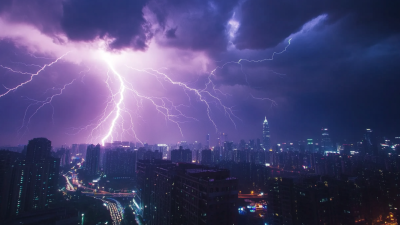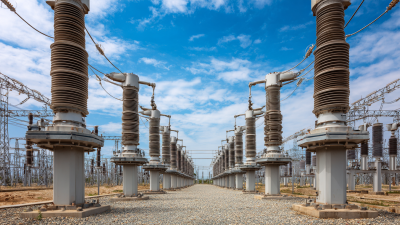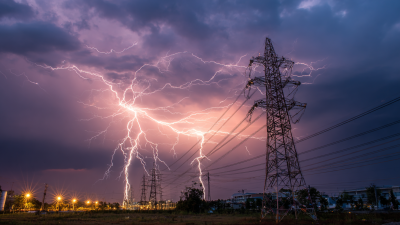
-
Home
-
About Us
-
Products
-
News
-
Blog
-
Contact Us
Leave Your Message

In an era where advanced technology and electronic systems are integral to our daily lives and industrial operations, understanding how to protect these valuable assets from unpredictable natural phenomena has become crucial. One of the most significant threats to electronic equipment is lightning strikes, which can result in devastating surges in electrical systems. This is where the Lightning Surge Arrestor comes into play. By acting as a crucial line of defense against voltage spikes caused by lightning, these devices help safeguard sensitive electronics and power systems from potential damage. In this article, we will explore the principles of lightning surge arrestors, their functionality, and the myriad ways they can enhance the resilience and longevity of electronic infrastructures. With a thorough understanding of these protective devices, users can better ensure the reliability and performance of their electrical systems in the face of nature's fury.
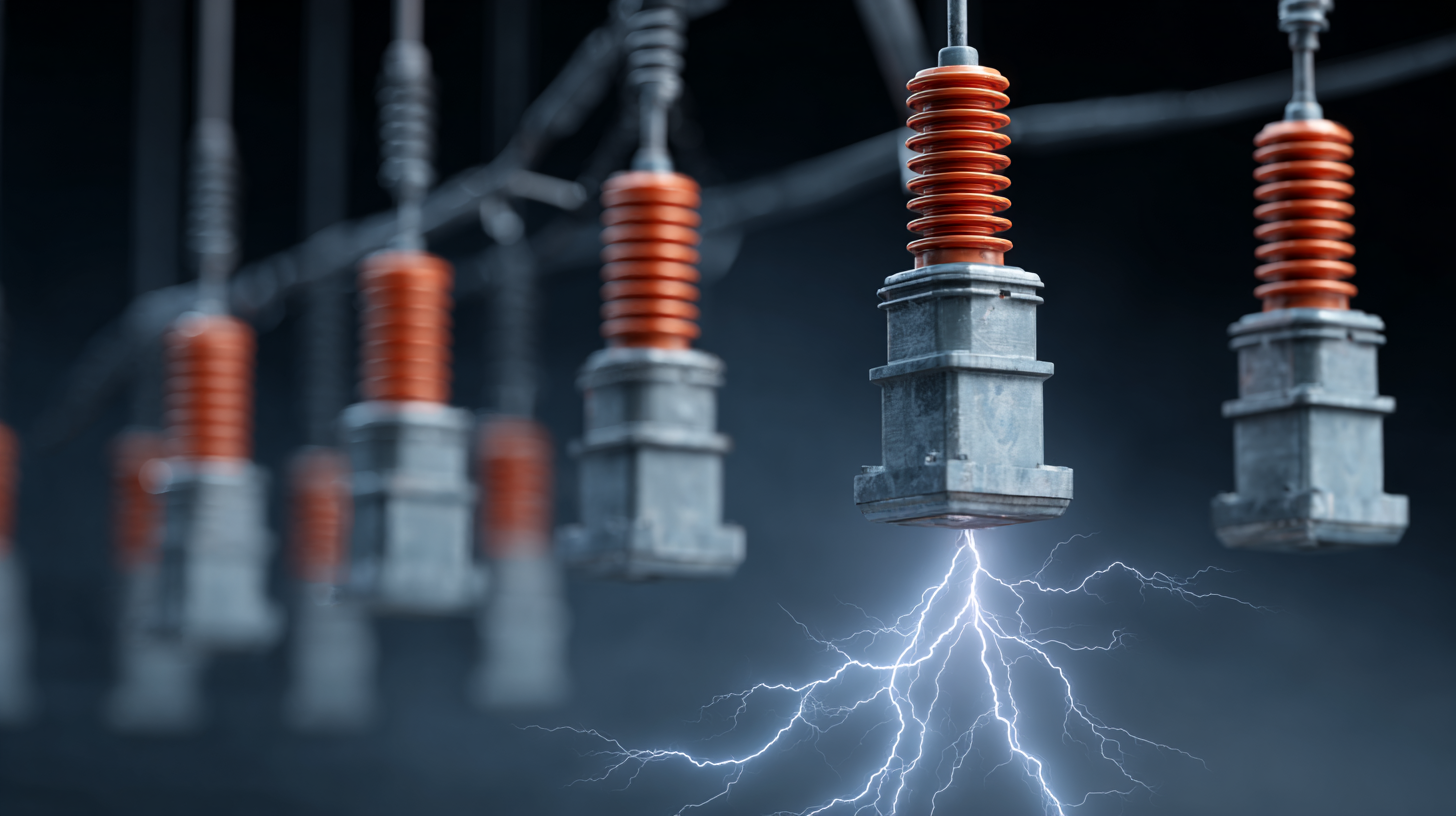
Lightning surge arrestors play a crucial role in safeguarding modern electronics from the devastating effects of lightning strikes and electrical surges. These devices are strategically integrated into power systems and electronic equipment to channel excess voltage away from sensitive components. When a lightning strike occurs, the surge arrestor detects the spike in voltage and dissipates it to the ground, preventing potential damage to the electrical infrastructure. This is particularly important in regions prone to severe weather, where the risk of lightning is heightened.
In addition to protecting individual appliances, lightning surge arrestors contribute to the overall resilience of power systems. They help maintain the integrity of electrical grids, ensuring that power remains stable even during extreme weather events. By incorporating these devices into commercial and residential setups, manufacturers can enhance the reliability and longevity of electronic products. Thus, the adoption of lightning surge arrestors is essential not only for individual devices but also for the broader performance of electrical systems in our increasingly technology-dependent world.
This chart illustrates the protective impact of lightning surge arrestors on different electronic systems. The categories represent various types of electronics and their average failure rates without surge protection. The data emphasizes the importance of installing surge arrestors to enhance the longevity and reliability of power systems.
Lightning surge arrestors are essential components designed to protect electronic devices and power systems from voltage spikes caused by lightning strikes or switching operations. There are several types of surge arrestors, each suited for different applications and environments.
One common type is the Metal Oxide Varistor (MOV), widely used in residential and commercial buildings. MOVs are effective at clamping down excess voltage during a surge, redirecting the harmful energy away from sensitive equipment. Another type is the Gas Discharge Tube (GDT), which is often used in conjunction with MOVs for enhanced protection. GDTs can handle higher energy levels and are frequently found in telecommunication and data line protection.
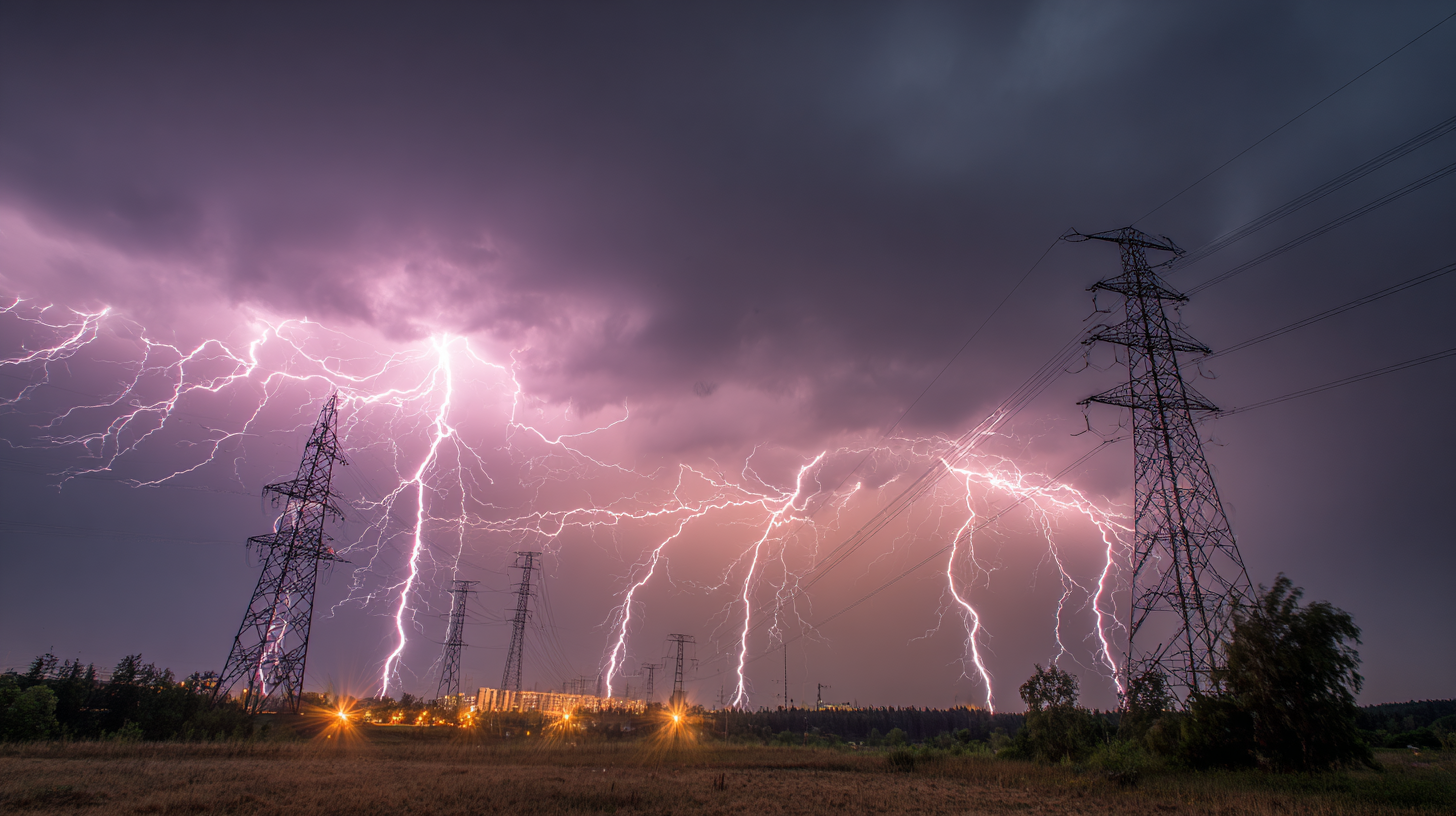
For utility applications, composite surge arrestors, which combine different materials such as silicon carbide and polymer, offer robust protection against both lightning and internal surges. These are especially useful in outdoor settings where environmental factors play a significant role in performance. Understanding these types enables engineers to select the right surge arrestor for specific applications, ensuring optimal protection for electronic systems.
Lightning surge arrestors are crucial components designed to protect power systems from the potentially devastating effects of voltage spikes caused by lightning strikes. When lightning strikes a nearby area, it can produce surges of electricity that overwhelm standard electrical systems, resulting in significant damage to sensitive electronics and infrastructure. Surge arrestors detect this sudden influx of voltage and provide a controlled path for the excess energy to dissipate safely into the ground, thereby preventing it from reaching and damaging connected devices.
**Tips:** Always ensure that your property is equipped with high-quality surge protection systems, especially in regions prone to thunderstorms. Regularly inspect and maintain your surge arrestors to ensure they are functional when needed. It's also advisable to complement surge arrestors with additional protective devices, such as circuit breakers and fuses, to create a comprehensive defense against electrical surges.
Incorporating lightning surge arrestors into your power systems not only enhances reliability but also extends the lifespan of your electronic equipment. By proactively managing voltage spikes, these devices help maintain the stability of your electrical infrastructure and reduce repair costs associated with surge-related damages. Investing in surge protection is essential for both residential and commercial properties to safeguard valuable electronics and ensure uninterrupted operations during adverse weather conditions.
| Feature | Description | Benefits | Applications |
|---|---|---|---|
| Voltage Protection Level | The maximum voltage that a surge protector can withstand without failing. | Reduces risk of equipment damage due to voltage spikes. | Used in residential, commercial, and industrial settings. |
| Response Time | The time it takes for the surge protector to react to a surge. | Ensures minimal disturbance to the operation of electronic devices. | Critical in data centers and telecommunication facilities. |
| Clamping Voltage | The voltage level at which the surge protector starts to conduct electricity. | Prevents excess voltage from damaging sensitive equipment. | Widely used in manufacturing and power distribution systems. |
| Energy Absorption Rating | Indicates how much energy a surge protector can absorb before failing. | Longer lifespan and reliability for protecting devices. | Important in electrical panels and substations. |
| Certification Standards | Compliance with industry standards ensures quality and safety. | Assures users of product reliability and effectiveness. | Required in various installations, including public infrastructure. |
When it comes to ensuring the longevity and reliability of your electronics and power systems, proper installation of lightning surge arrestors is paramount. First and foremost, it's essential to select the right surge arrestor suitable for the specific voltage and current ratings of your system. Additionally, location plays a critical role—installing the arrestors as close to the devices they protect minimizes the risk of surge impact. Proper grounding is also vital; make sure that the arrestors are grounded correctly to facilitate the safe diversion of excess voltage.
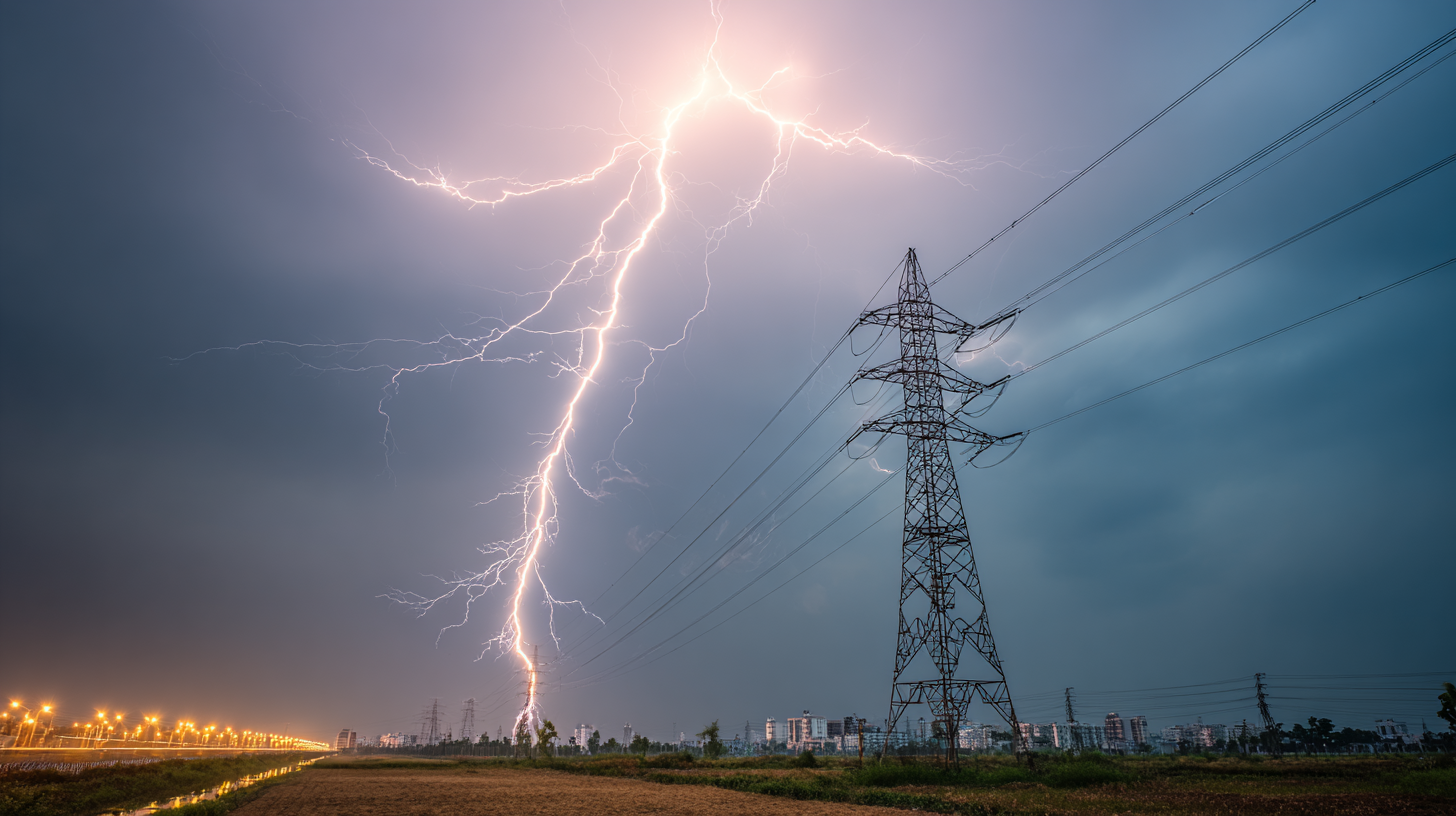
Moreover, following manufacturer guidelines during installation can greatly enhance surge protection effectiveness. This includes adhering to recommended mounting positions and ensuring there is no physical obstruction that may hinder the operation of the surge arrestor.
Regular maintenance checks, such as inspecting connections and ensuring that the arrestors have not been compromised, can further mitigate risks. By prioritizing these best practices, you can provide optimal protection for your electronics, ensuring they remain functional and safe from damaging voltage spikes.
Lightning surge arrestors are crucial in protecting our electronics and power systems, yet several misconceptions persist regarding their effectiveness. One prevalent myth is that these devices can completely prevent damage caused by lightning strikes. In reality, while surge arrestors significantly reduce the risk of damage by diverting excess voltage, they cannot guarantee absolute protection. According to the IEEE and other industry reports, approximately 75% of equipment damage due to lightning events is attributed to surges of less than 10 kV, which can still affect devices even when arrestors are installed.
Another common misunderstanding is that all surge protection devices are created equal. In fact, their efficacy can greatly vary based on their design and the technology used. The National Fire Protection Association (NFPA) states that approximately 34% of lightning-related damage occurs to structures that lack proper surge protection systems. Selecting a surge arrestor that meets the specific needs of the system and is compliant with relevant standards is essential for optimal performance. Investing in quality surge protection not only safeguards electronics but also enhances the reliability of power systems over time, ultimately leading to reduced maintenance costs and prolonged service life.
